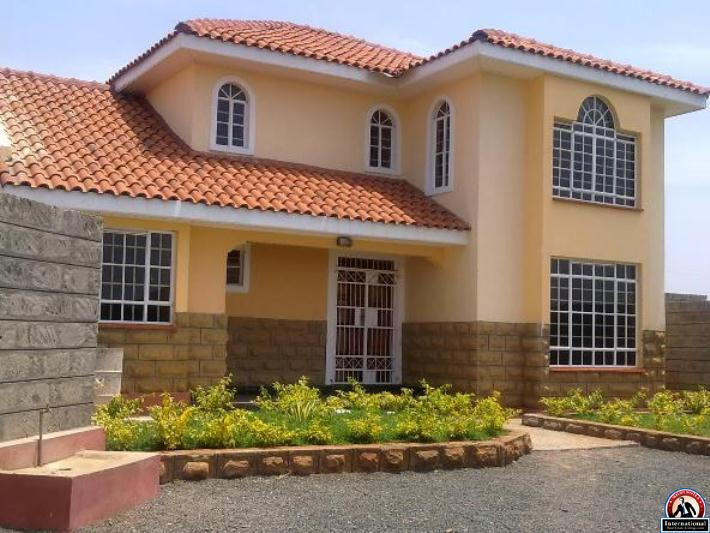Mortgage uptake in Kenya has dropped significantly for the first time in a decade, new data from the country’s central bank shows.
The report released Wednesday by Central Bank of Kenya(CBK) reveals that the number of active mortgage uptake in Kenya fell by 373 or 1.5 per cent to 24,085 at the end of December .
This is a significant reversal from where it stood in the previous period when the number of loan accounts grew at a compounded annual rate of 12.9 per cent between 2006 and 2015.
However, the value of non-performing loans (NPL) increased from Sh11.7 billion in 2015 to Sh22 billion in 2016.
Read More:African cities face major housing challenge-report
The Bank Supervision Annual Report by the Central Bank of Kenya shows that the ratio of non-performing loans to gross mortgage loans was 10 percent, 3 percentage points above the industry’s NPLs to gross loans ratio.
Low mortgage uptake in Kenya comes against the backdrop of increased demand for mortgage loans due to perceived affordability after the introduction of interest capping law in September 2016 says the report dubbed Bank Supervision Annual Report.
Nevertheless, CBK observes that commercial banks are not keen to engage borrowers in long term loans.
“Commercial banks have introduced tighter credit standards so the actual mortgage disbursements have been lower than the increased demand. Most commercial banks have also shown preference to offer short-term loans as compared to long tenure mortgage loans,” said CBK.
Also hampering mortgage uptake in Kenya are; low level of income, high incidental costs (legal fee, valuation fee and stamp duty), high interest rate, lengthy process and high house prices.
A typical residential property in Nairobi hovers above Ksh30 million.
The report comes even as property developers stepped up construction of houses that include maisonettes, bungalows and apartments in the wake of increased demand for housing amid rising population growth.

